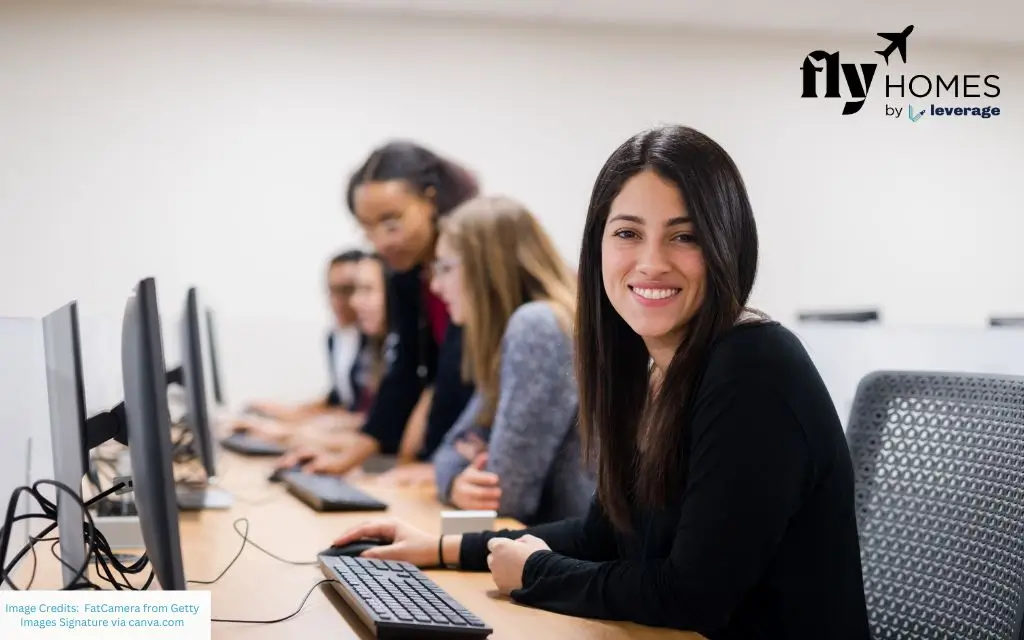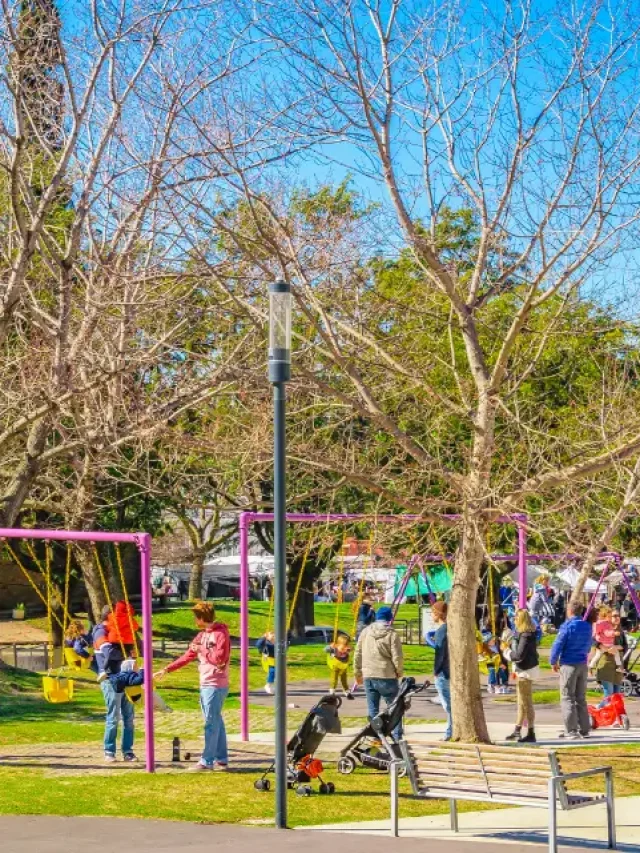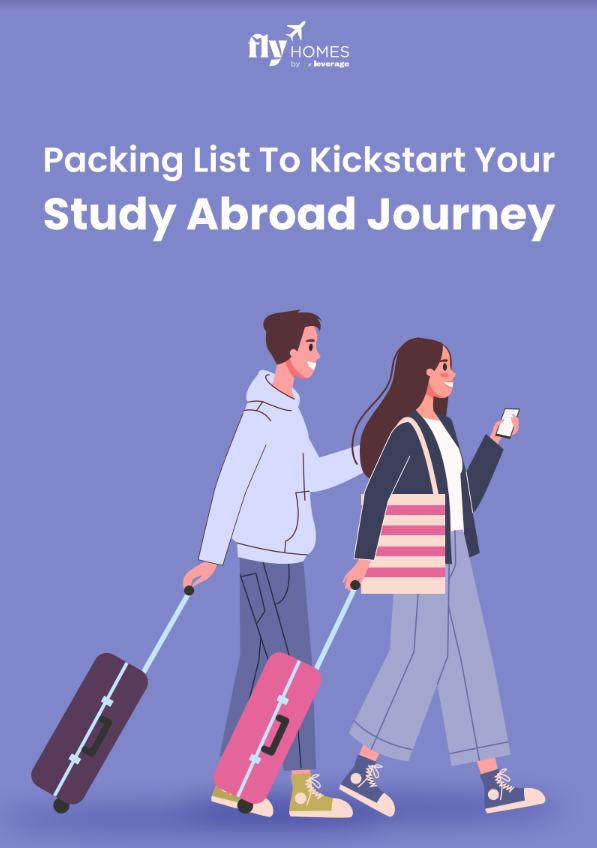If you’re an international student planning to study in the U.S., you’ve probably heard about OPT and CPT in the USA. These programs allow you to gain practical work experience while studying or after graduation. But what exactly are they, and how do they work?
Understanding the difference between OPT and CPT, their eligibility criteria, and their validity is crucial to making the most of your student visa. In this guide, we’ll break down everything you need to know about OPT and CPT in the USA, from requirements and application processes to common mistakes to avoid.
Table of contents
What are OPT and CPT in the USA?
Optional Practical Training (OPT): Optional Practical Training (OPT) is a work authorization for F-1 visa students that allows them to gain hands-on experience related to their degree program. Students can work either before completing their degree (Pre-Completion OPT) or after graduation (Post-Completion OPT).
Types of OPT:
| Type | When Can You Work? | Duration |
| Pre-Completion OPT | Before graduation | Up to 20 hours/week during the academic year or full-time during breaks |
| Post-Completion OPT | After graduation | Up to 12 months full-time |
| STEM OPT Extension | Only for STEM degree holders | Additional 24 months after Post-Completion OPT |
Curricular Practical Training (CPT): Curricular Practical Training (CPT) allows F-1 students to work while still studying, as part of their degree program. The job must be directly related to the coursework and approved by the university.
Types of CPT:
| Type | Work Hours | Duration |
| Part-Time CPT | Up to 20 hours/week | Throughout the year |
| Full-Time CPT | More than 20 hours/week | Limited to program requirements |
Here’s a quick comparison table between OPT and CPT to make things easier:
| Feature | OPT | CPT |
| Purpose | Work after or during studies | Work as part of the curriculum |
| Eligibility | F-1 students | F-1 students |
| Duration | 12 months (24 months for STEM) | Until graduation |
| Employer Requirement | Not required | Must be related to coursework |
| Work Hours | Part-time/full-time | Part-time/full-time |
| Authorization Required | Yes (USCIS approval) | Yes (DSO authorization) |
Also Read:
- Difference Between German and American Culture
- World’s Most Expensive Universities for Students in 2025
OPT and CPT for International Students

If you’re an international student on an F-1 visa, you can take advantage of OPT (Optional Practical Training) and CPT (Curricular Practical Training) to gain valuable work experience in the USA. These programs help you build your career, understand the U.S. job market, and increase your chances of securing full-time employment after graduation.
Many students ask, “Can I apply for both OPT and CPT?” The answer is YES! However, you need to follow specific rules to avoid losing your eligibility. Let’s go through the key benefits and important considerations.
- Gain Real-World Work Experience: Both OPT and CPT in the USA allow you to work in jobs directly related to your field of study. You can apply the knowledge from your coursework to real-life work situations, making you more competitive in the job market.
- Improve Your Chances of Getting a Full-Time Job in the USA: Many students who complete OPT or CPT secure H-1B work visas or sponsorships from U.S. employers. Work experience during your studies shows potential employers that you have the skills and experience they need.
- Learn How the U.S. Job Market Works: The job application process in the USA is different from other countries. By working under OPT or CPT, you get firsthand experience with resume building, networking, job interviews, and professional workplace culture.
- Build a Strong Professional Network: Internships and part-time jobs through CPT help you connect with industry professionals, professors, and recruiters. A strong network can open doors to better job opportunities and career growth in the USA.
- You Can Apply for Both OPT and CPT, But Follow the Rules: While you can apply for both, be careful! If you complete 12+ months of full-time CPT, you lose your eligibility for OPT. Plan your work experience strategically to maximize your chances of staying and working in the USA after graduation.
OPT and CPT in the USA Eligibility
To apply for OPT and CPT in the USA, you must meet certain eligibility criteria set by the U.S. Citizenship and Immigration Services (USCIS) and your university. Let’s break down the requirements for each program so you can plan your work experience effectively.
OPT Eligibility (Optional Practical Training)
- You must be on an F-1 visa.
- You must have completed at least one academic year (two semesters).
- The job must be directly related to your field of study.
- You don’t need a job offer before applying.
- You can apply for Pre-Completion OPT (while studying) or Post-Completion OPT (after graduation).
- OPT is available for 12 months, with a possible 24-month STEM extension for certain fields.
- You must apply through USCIS and receive an Employment Authorization Document (EAD).
CPT Eligibility (Curricular Practical Training)
- You must be on an F-1 visa.
- You must have completed one full academic year (except for graduate students whose programs require immediate CPT).
- The job must be a mandatory part of your curriculum and approved by your university.
- You must have a job offer before applying.
- CPT is only available while you are enrolled in school (not after graduation).
- You must apply through your Designated School Official (DSO), not USCIS.
- CPT can be part-time (20 hours or less per week) or full-time (more than 20 hours per week).
- If you work full-time CPT for 12 months, you become ineligible for OPT.
OPT and CPT in the USA Requirements
To work legally in the U.S. as an F-1 visa student, you must meet specific OPT and CPT requirements. Many students wonder, “Am I eligible for OPT or CPT?” The answer depends on factors like your enrollment status, course requirements, and job relevance. Let’s go through the key requirements for each program.
OPT (Optional Practical Training) Requirements
- Must be on an active F-1 visa for at least one academic year (two semesters).
- Form I-20 with a DSO (Designated School Official) recommendation.
- Form I-765 (Application for Employment Authorization) submitted to USCIS.
- The job must be directly related to your field of study.
- Pay the OPT filing fee (around USD 410 as of 2025).
- Apply within 90 days before or 60 days after graduation (for Post-Completion OPT).
- STEM OPT extension (24 months) is available for eligible STEM degree holders.
CPT (Curricular Practical Training) Requirements
- Must be enrolled in a full-time academic program for at least one year (some exceptions apply).
- Form I-20 with CPT authorization from your university.
- Offer letter from employer stating job details and relevance to your study program.
- DSO approval from your university before starting work.
- The job must be an integral part of your coursework (internship, co-op, or training program).
- Can be part-time (≤20 hours/week) during school or full-time (>20 hours/week) during breaks.
- No USCIS approval is required, but students must not exceed 12 months of full-time CPT, or they lose eligibility for OPT.
Also Read:
OPT and CPT Validity

If you’re an F-1 visa student in the USA, understanding the validity periods of OPT (Optional Practical Training) and CPT (Curricular Practical Training) is crucial. Each program has specific rules on duration, extensions, and work limitations. Here’s a breakdown of how long you can stay and work under OPT and CPT while studying in the USA.
| Feature | OPT Validity | CPT Validity |
| Standard Duration | 12 months | Until graduation |
| STEM Extension | 24 additional months | Not available |
| Full-time Work | Allowed | Allowed |
| Part-time Work | Allowed | Allowed |
Difference Between OPT and CPT in the USA
Many international students get confused between OPT and CPT while planning their work opportunities in the USA. Both programs allow F-1 visa students to gain practical experience, but they have different rules and limitations. Let’s understand the differences in a simple table:
| Feature | OPT (Optional Practical Training) | CPT (Curricular Practical Training) |
| When to Apply | Before or after graduation | While studying |
| Job Requirement | Not required | Required as part of coursework |
| Work Limit | 12 months (36 months for STEM) | Until course completion |
| Approval Needed | USCIS approval required | University approval required |
| Full-Time Work Allowed | Yes | Yes |
| Part-Time Work | Allowed (20 hours/week during school) | Allowed (20 hours/week during school) |
| Can You Work for Any Employer? | Yes, as long as it’s related to your field | No, only pre-approved employers |
| Application Process | Requires filing Form I-765 with USCIS | Processed through your university |
| Processing Time | 90+ days | Faster, depends on the university |
| Effect on OPT | No effect on CPT eligibility | 12 months of full-time CPT can make you ineligible for OPT |
How to Apply for OPT and CPT in the USA?
Applying for OPT and CPT can be confusing, but don’t worry! If you’re an F-1 visa student, these programs allow you to gain valuable work experience in your field of study. However, the application process for OPT and CPT in the USA is different, and following the correct steps is crucial. Let’s understand how you can apply for each:
How to Apply for OPT (Optional Practical Training)?
- Get DSO Approval – Meet with your university’s Designated School Official (DSO) to get approval for OPT.
- Receive a New Form I-20 – Your DSO will issue a new Form I-20 with an OPT recommendation.
- Submit Form I-765 – File Form I-765 (Application for Employment Authorization) with USCIS.
- Pay the Filing Fee – Pay the USD 410 application fee (or higher if premium processing is chosen).
- Wait for EAD Approval – USCIS will review your application and send you an Employment Authorization Document (EAD) once approved.
- Start Working – Once you receive your EAD card, you can begin working within the approved dates.
How to Apply for CPT (Curricular Practical Training)?
- Get a Job Offer – You must secure a job or internship related to your field of study before applying for CPT.
- Receive DSO Approval – Submit your job details to your university’s DSO and request CPT authorization.
- Get a New I-20 – If approved, your DSO will issue a new Form I-20 with CPT authorization.
- Follow Work Restrictions – You can work part-time (20 hours/week) during school or full-time during breaks.
- Start Working – You can only begin working on or after the CPT-approved start date.
Common Mistakes to Avoid in OPT and CPT Applications
Applying for OPT and CPT in the USA can be tricky, and many students make mistakes that can lead to delays or even visa issues. To avoid complications, you must understand the common pitfalls and how to prevent them. Here are some mistakes international students often make:
- Applying Too Late or Too Early: Timing is crucial! Applying too early might lead to rejection, while applying too late can cause processing delays, leaving you unable to work on time.
- Not Having a Valid Job Offer for CPT: CPT requires a job or internship related to your coursework. Applying without a confirmed offer letter can lead to a rejection of your application.
- Working Without Proper Authorization: Starting work before getting CPT or OPT approval is a serious violation. Unauthorized work can impact your visa status and future chances of staying in the U.S.
- Choosing a Job That’s Unrelated to Your Field: Your job must be directly related to your degree. Working in an unrelated field can cause issues during OPT extensions or future visa applications.
- Exceeding Work Limits (CPT Over 12 Months = No OPT): If you use more than 12 months of full-time CPT, you lose eligibility for OPT. Be mindful of your work duration to keep your post-graduation work options open.
OPT and CPT in the USA are great opportunities for international students to gain work experience. If you plan carefully, you can make the most of these programs and improve your career prospects. By using these programs wisely, you can boost your chances of landing a great job in the U.S.!
Hope you liked reading our blog about the OPT and CPT in the USA. For a stress-free stay during your study abroad adventure, choose Fly Homes. Call 1800572118 to reserve your ideal accommodation abroad with ease.
FAQs
OPT (Optional Practical Training) and CPT (Curricular Practical Training) are work opportunities for F-1 visa students in the USA. OPT allows work after graduation, while CPT is for internships during studies. Both help students gain practical experience related to their field of study.
The main difference is timing and purpose. CPT is for internships and must be part of your coursework. It is used while studying. OPT is for work experience after graduation. It allows students to work for up to 12 months (or 36 months for STEM fields).
Students in STEM (Science, Technology, Engineering, and Math) fields can extend their OPT by 24 months, making a total of 36 months of work eligibility. To qualify, your job must be with an E-Verify employer.
CPT can be used until graduation with no fixed limit, but full-time CPT for 12 months cancels OPT eligibility. OPT is available for 12 months (or 36 months for STEM students with an extension).
Yes, but if you use 12 months of full-time CPT, you cannot apply for OPT. Using part-time CPT (less than 20 hours/week) does not affect OPT eligibility.
For CPT, yes. You must have a confirmed internship or job offer related to your studies before applying. For OPT, no job offer is required at the time of application, but you must find work within 90 days of OPT approval.
CPT can be used multiple times during your degree as long as it is required for coursework. OPT can only be used once per education level (bachelor’s, master’s, or PhD). You cannot use OPT again at the same degree level.
OPT approval can take 2 to 5 months. It is advised to apply 90 days before graduation to avoid delays. CPT processing is faster and usually takes 1 to 3 weeks as it is approved by the university.
Yes, you can work full-time (more than 20 hours per week) under both OPT and CPT. However, CPT full-time use for 12 months cancels OPT eligibility, so students often prefer part-time CPT.
Both OPT and CPT can be paid or unpaid. Most students use them for paid internships or jobs, but unpaid internships are also allowed if they meet legal requirements.
Follow Us on Social Media




























